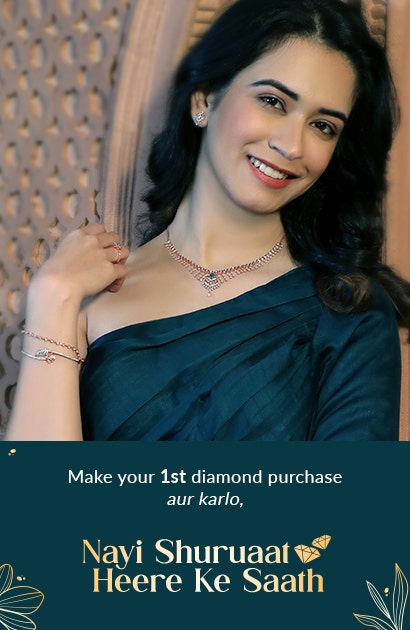Diamond Education

DIAMOND EDUCATION
All You need to know about Diamond

Shapes

Round

Princess

Cushion

Pear

Heart

Marquise

Emerald

Radiant
Round Solitaire
Also known as the brilliant cut, round diamonds are the most traditional shapes and that's why they're perfect for a classic look. The round cut diamond is the most popular shape and has evolved from the Old European Cut.

Oval Solitaire
Amethyst on Moh’s Scale of hardness measures 7. Amethyst ranges from reddish purple to deep violet to pale purple and can be transparent or opaque. The color of amethyst can fade over time with exposure to sunlight. The highest grade Amethyst is called "Deep Russian". Worn by St.Valentine Amethyst is the birthstone for February.

Princess
Known for its sharp geometric edges, the Princess cut is a much loved contemporary design. Despite being classified as a "fancy shape," princess cut diamonds typically have a lower cost per carat compared to round diamonds.

Cushion
Often mistaken for the Princess cut, Cushion shaped diamonds are actually more romantic as they are round edged. While round cut diamonds may outshine them in brilliance, these diamonds reveal a spectrum of vivid colors when observed from various angles.

Pear
Shaped like a raindrop, they’re unique and attractive and perfect if you’re looking for a distinctive jewel. The most popular way to wear a pear shape is to position the pointed top towards your fingertips, while the rounded bottom faces your hand.

Heart
Fundamentally a pear shaped diamond with a cleft on top, a heart shaped diamond is a popular symbol of love. It is remarkably similar to a pear shaped diamond in terms of design and facets.

Marquise
Elongated and narrow-shaped, Marquise diamonds can create the illusion of appearing greater than they are. That's why they're perfect for those who love to flaunt their jewels.

Emerald
The Emerald cut flaunts an elongated rectangular shape with cut corners. Technically speaking, it is an elegantly shaped octagon and has a commanding appearance. If you love power, you will love the Emerald cut!

Radiant
Similar to the silhouette of an Emerald cut diamond, Radiant cut diamonds are full of effervescent sparkle because its facets are cut more like a round brilliant cut. If you wish to captivate, Radiant cut is for you.

Cut
The cut is a diamond's most crucial 'C'. A lot depends on the cut since a diamond's cut can increase or decrease its value. The precision and craftsmanship of a cut makes all the difference in the brilliance of a diamond.
In an ideal cut or perfectly cut diamond the light is reflected back to the observer from the top of the stone emitting maximum brilliance.
Carat
The Carat Weight of a diamond is a huge contributing factor and the most visible feature that is considered when comparing its price. A slight difference in weight can make a significant difference in price. "Carat" (ct.) is a measurement unit representing the weight of a diamond, the price of a diamond is directly proportional to its weight. The cut off weights are 0.50ct, 0.75ct, 1.00ct so on and so forth.

Color
Diamonds are not always as colourless as they look to the naked eye. The more colour that the diamond lacks, the higher is its price. While most diamonds exhibit a yellow or brown tinge, a completely colourless variety will allow more light to pass through it emitting maximum brilliance. Since the diamond is shaped like a prism, it acts in the same way. That’s why colour in a diamond acts as a filter and diminishes its fire. A truly colourless diamond will emit a spectrum of colours.
Clarity
Like all things natural, diamonds too are flawed. Diamonds like all other minerals and gemstones are born with several inclusions that develop during their formation. Although almost invisible to the naked eye, inclusions do decide a diamond’s price. Internal characteristics are known as inclusions while external characteristics are known as blemishes. The list of diamond inclusions include crystal, needles and cloud, whereas chips, scratches, nicks, abrasions, bruises, polishing marks and naturals are considered to be diamond blemishes.
Others Guides
Checkout Out Our Latest Blogs

5 Genius Hacks for the Ultimate Jewellery
Jewellery is fun, fashionable and fabulous. But you know what else jewellery is? Difficult to put on at times which Read More

An Ultimate Guide to Buying Solitaires
You may have seen it in movies or read it in books. That perfect moment when a man gets on his knee holding Read More

Waves Diamond Stackable Solitaire rings
A solitaire is not only a timeless symbol of love, but also an undeniably elegant piece of jewellery. Whether you're Read More
Login
To enjoy a seamless experience while shopping












